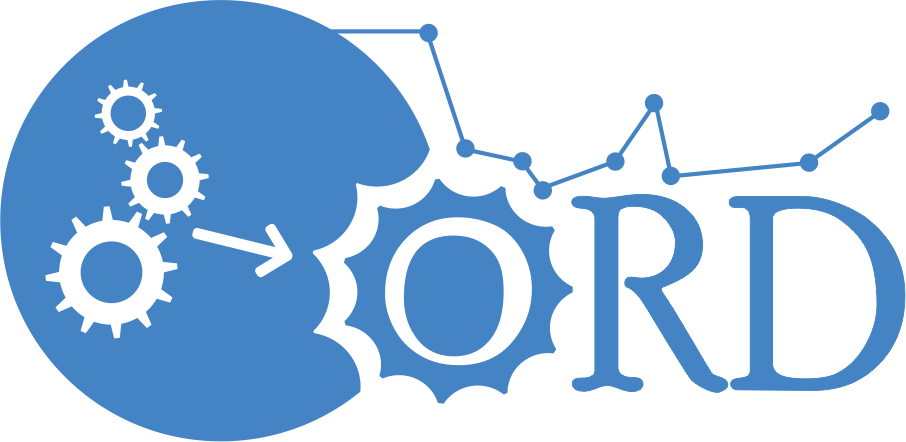Issue: 2020/Vol.30/No.3, Pages 47-63
CENTRALITY-ORIENTED CAUSALITY. A STUDY OF EU AGRICULTURAL SUBSIDIES AND DIGITAL DEVELOPEMENT IN POLAND
Daniel Kosiorowski , Jerzy P. Rydlewski
, Jerzy P. Rydlewski
Cite as: D. Kosiorowski, J. P. Rydlewski. Centrality-oriented causality. A study of EU agricultural subsidies and digital developement in Poland. Operations Research and Decisions 2020: 30(3), 47-63. DOI 10.37190/ord200303
Abstract
Results of a convincing causal statistical inference related to socio-economic phenomena are treated as an especially desired background for conducting various socio-economic programs or government interventions. Unfortunately, quite often real socio-economic issues do not fulfil restrictive assumptions of procedures of causal analysis proposed in the literature. This paper indicates certain empirical challenges and conceptual opportunities related to applications of procedures of data depth concept into a process of causal inference as to socio-economic phenomena. We show how to apply statistical functional depths to indicate factual and counterfactual distributions commonly used within procedures of causal inference. Thus, a modification of Rubin causality concept is proposed, i.e., a centrality- oriented causality concept. The presented framework is especially useful in the context of conducting causal inference based on official statistics, i.e., on the already existing databases. Methodological considerations related to extremal depth, modified band depth, Fraiman-Muniz depth, and multivariate Wilcoxon sum rank statistic are illustrated by means of example related to a study of an impact of EU direct agricultural subsidies on digital development in Poland in the period 2012–2018.
Keywords: causal inference, counterfactuals, statistical depth function, robust statistical inference, digital development
Received: 8 November 2019 Accepted: 21 October 2020
